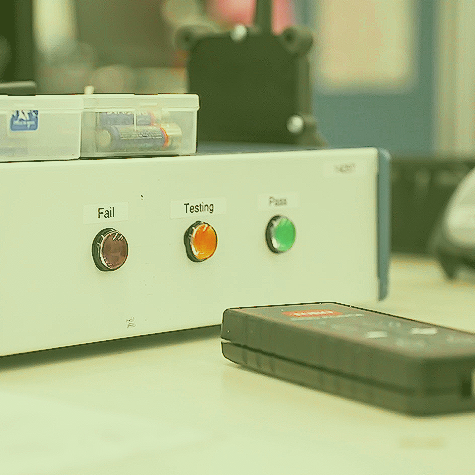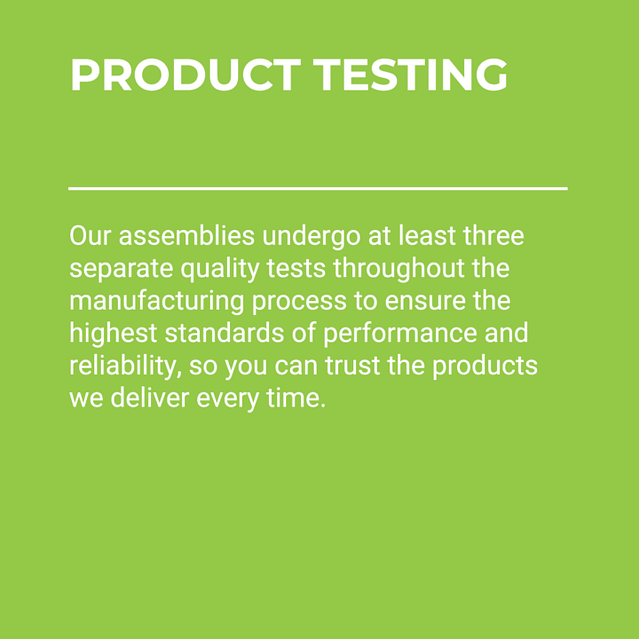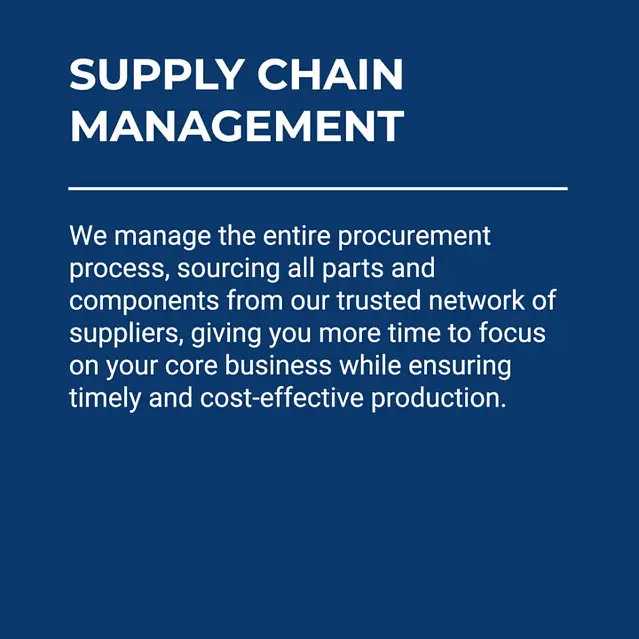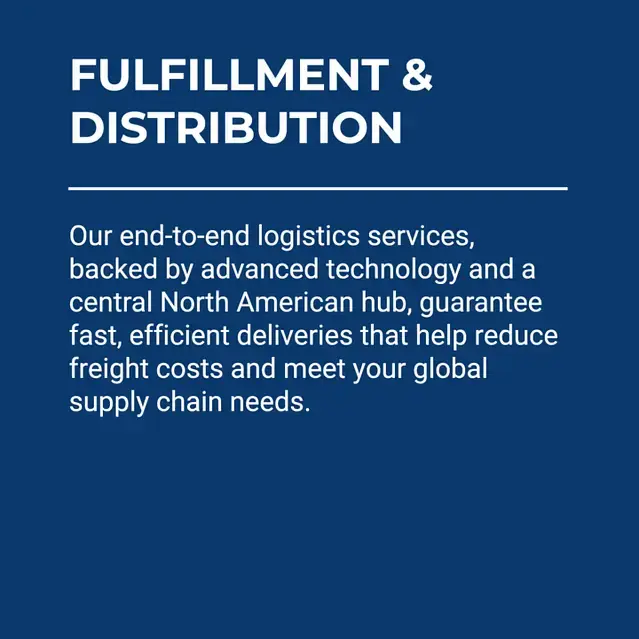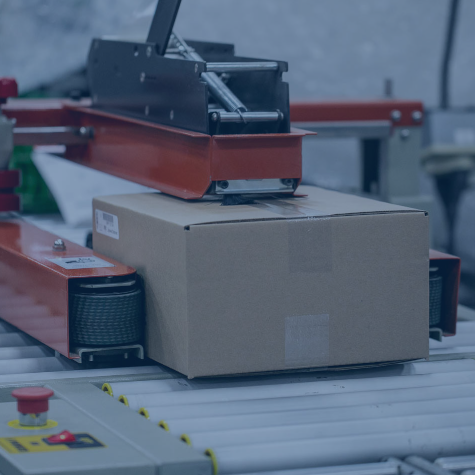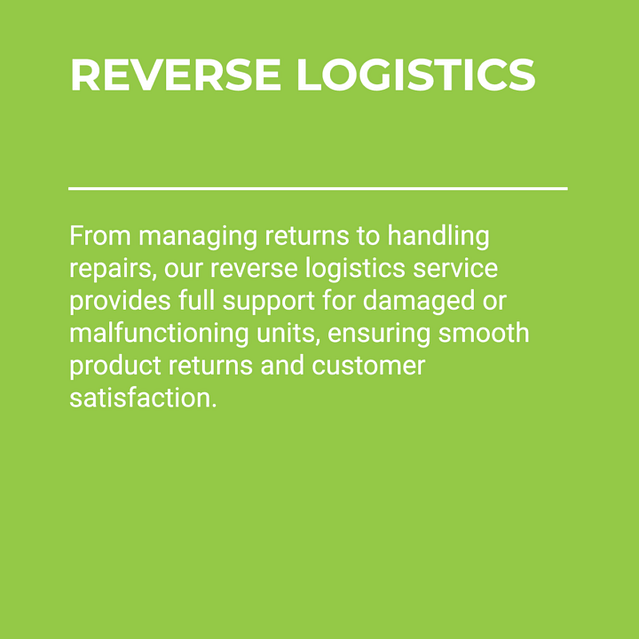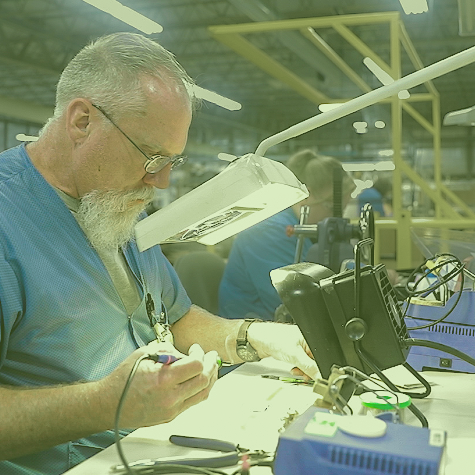When implemented well, reverse logistics can be a competitive advantage. When poorly executed, however, reverse logistics can lead to several nightmare scenarios. Here are some tips on how to avoid the most common problems.
Have a plan for cross-channel returns
What’s your plan when a customer orders a product online and returns it? What if they return it to a store that doesn’t carry that SKU? You will need a fast and cost-effective way to disposition that item.
Sometimes, the best route will be to mark it down and sell it. In others, it’s best to transport it to a return center to get the maximum value from the product.
Much of that decision depends on the local and global demand for that item. To know that demand, you must have relevant data and make it accessible to all who receive returns. And all of this needs a plan.
Use RMAs
The first thing you’ll need to do is institute a smooth return material authorization (RMA) process. This will allow you to determine the reason for the return and gather important information about the merchandise. The customer may have returned it because it’s defective, or they may have simply ordered the wrong product. Gathering information may yield important details like defects or how to reproduce the malfunction. These details can significantly assist further downstream in the reverse logistics process. Someone will have to inspect, disposition and possibly refurbish the returned merchandise.
One of the keys to generating the most revenue from your reverse logistics program is to minimize the time and transportation costs invested in each item. When RMAs aren’t utilized or used effectively, every incoming box becomes a black box. Each item will require labor just to determine how to process it.
Provide the criteria and training to grade returned
So, how much value can you extract from a returned item? That depends on the condition the thing is in. RMAs can help greatly with this, but ultimately the responsibility falls on those who have to unbox, inspect and disposition the item.
Clear grading criteria covering all relevant categories, especially cosmetics and function, must be documented. Moreover, the dispositioning staff needs training according to that criteria and on the products they inspect.
The less ambiguity and second-guessing involved, the fewer costs involved in moving and processing the return. This can also help prevent a major reverse logistics nightmare. No one wants to restock unsaleable merchandise or send resaleable items in excellent condition to a landfill.
Keep track of all returned items
The company should track every returned item from the moment the RMA is issued through the entire reverse logistics flow. Otherwise, valuable merchandise can disappear into a logistical “black hole” or end up in “shadow inventory”—the industrial equivalent of being lost to the Sock Monster.
Hunting down and properly routing these items is costly and time-consuming, even more so when your reverse logistics organization has many geographically scattered “black holes.”
Invest in Refurbishment
But what about when merchandise can’t be resold as new yet possess too much value to be scrapped? In these cases, refurbishing might be a good choice. Refurbishing is an economical way to convert returned items into resaleable items.
Refurbishment may entail re-performing quality inspections and tests depending on the condition. For other merchandise, maintenance may require part replacement. To cover the full range of cases, manufacturers need qualified inspection and rework technicians. The recaptured value of refurbished products adds revenue while enticing customers with quality merchandise at discounted prices.
Many original equipment manufacturers (OEMs) are turning to full-service contract manufacturers like RiverSide Integrated Solutions to put these tips into practice and avoid reverse logistics nightmares.
Our focus is the refurbishment, repair, inspection, test and servicing of electronic and electromechanical products. By leveraging our skilled team of in-house technicians and supplier network of refurbished parts, we drive reverse logistics value for our OEM customers daily.
About RiverSide Integrated Solutions:
RIS is an advanced contract manufacturer providing robust solutions in circuit board assembly and product assembly. We employ more than 350 people and provide services to OEMs worldwide. We operate two state-of-the-art manufacturing facilities within the US.
With all of the choices in contract manufacturers out there, we know it can be challenging to find someone who understands your business model and has your best intentions in mind. RIS has always proven to be a win-win-focused relationship.
As your one-stop shop, we have the capabilities, capacity, quality assurance standards and resources to support all of your manufacturing needs. We understand that supply chain management is complex and very time-consuming, so we urge our customers to utilize us in the fullest capacity.
Our total-package solutions include:
- Dedicated Program Team
- Extensive supply-chain network for efficient parts procurement and kitting
- Subassembly and full box-build
- Warehousing and drop-shipping capabilities
- Reverse logistics
- Flexible order fulfillment
- Scalability to meet your needs
Contact us today at (507) 523-3220 to see how we can help with your manufacturing project, or click contact us for a quote.





